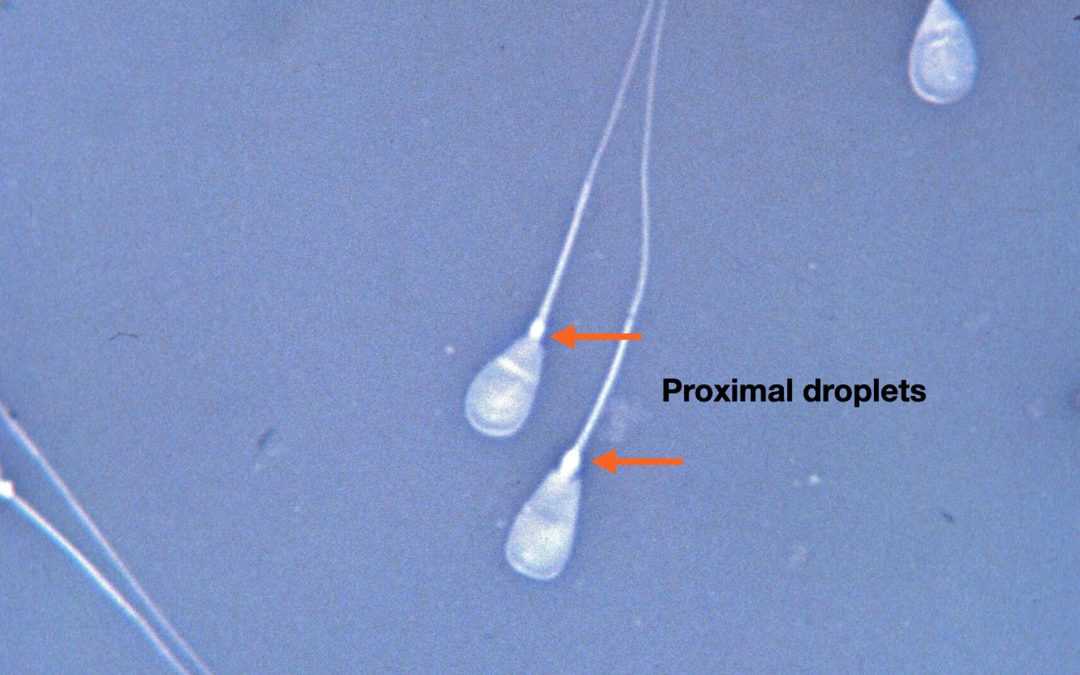While many folks have a favorite cow, it would be difficult to argue against the idea that the bull is the single most important animal on an operation. His fertility impacts conception rates, he can transmit diseases to multiple animals that can impact calving interval and rates, and his genetics help determine calf birth weight, calving ease, and calf performance. A cow produces one offspring per year; a natural-service bull produces 25-30.
There is a tremendous amount of data generated by the breed associations that allow cow-calf producers to select a bull based on his anticipated impact on his progeny’s performance. In addition to evaluation of these Expected Progeny Differences (EPDs) and the bull’s structure and disposition, the results of a complete bull breeding soundness examination are a critical piece of information to have prior to turnout on a purchased or carry-over bull. Most people think of this as a semen test, but there really is much more about a bull that should be evaluated as part of a complete breeding soundness examination.
A complete breeding soundness examination first involves evaluation of the whole bull – assessing his physical soundness to breed. There’s a lot of truth to the saying that a bull needs four good feet, two good eyes, and two good testicles. The veterinarian will watch the bull walk, look at his structure and feet to make sure he’s sound to travel to find and breed cows, evaluate his body condition score to ensure that he has the right amount of reserves do the work of the breeding season, and look at the bull’s eyes to ensure he has good vision needed to identify cows in heat.
The bull will then be placed in a chute and a scrotal circumference will be taken with a measuring tape. Scrotal circumference, an indicator of testicular size, is an indirect measure of the amount of sperm a bull can produce in a day. A larger scrotal circumference is associated with being able to breed more cows. It also has been linked to age of puberty in that bull’s daughters; the daughters of a bull with a larger scrotal circumference mature earlier, increasing lifetime productivity. There are minimum cutoff points for scrotal circumference based on a bull’s age, below which they are not considered satisfactory for breeding. The testicles and epididymis, the tube which stores and transports sperm, will be palpated to ensure that there are no abnormalities that could interfere with sperm production or transport. One of the more common abnormal findings in bulls is a softening of the testicles, which can indicate degeneration and reduced function.
Next up, the accessory sex glands, including the seminal vesicles and prostate which contribute fluid to semen, are evaluated by rectal palpation. In young bulls, inflamed seminal vesicles are commonly found and these should be treated and the inflammation resolved prior to use for breeding. The inguinal rings, passages in the abdominal wall down through which the testicles descend, are examined to make sure that the bull does not have an inguinal hernia and that the rings are closed down so that he is less likely to develop a hernia while breeding.
Finally, semen will be collected and evaluated. Most bulls will be collected using an electroejaculator, but some veterinarians prefer to use manual massage. During the collection, the penis should extend fully, allowing examination to make sure there are not abnormalities of the penis and prepuce. During the off-season, trauma to the penis and prepuce can occur and, in young bulls, warts may be present, all of which can interfere with breeding. After the semen sample is obtained, it is initially evaluated under the microscope for motility. The sperm cells should be rapidly swirling in the seminal fluid, resembling a swarm of bees on the slide. In order to pass, at least 30% of the sperm cells on the slide should be progressively motile. If a bull has not been used for breeding in some time, an additional collection or two may be required in order to get the best sample for evaluation. While each veterinarian has his or her own testing approach, I typically will give a bull 3 chances to give a passing sample. Once the sample has passed for motility, a special stain is used to evaluate the anatomy of each sperm cell. This is a critically important step which helps to ensure that the sperm that are there are not only alive, but can function to fertilize the egg. Various abnormalities can be present which will limit a bull’s fertility and a bull must have greater than 70% morphologically normal sperm cells in order to pass. The single most common abnormality seen in immature bulls is the proximal droplet (see photo). Seeing a large number of proximal droplets in a semen sample most often indicates that a bull is not mature enough for breeding and should be given more time. Different morphologic abnormalities indicate different problems, each having a different short- and long-term impact on the bull’s breeding ability.
While you are meeting with your veterinarian regarding the breeding soundness examination, have a discussion with him or her about what disease testing might be in order for the bulls before they go out. One disease that is sure to come up is trichomoniasis. This venereal disease of cattle causes no symptoms in bulls but induces abortions and infertility in cows. The primary means of control in beef herds is the testing of bulls. Any bull changing hands in Texas or coming in from another state must be accompanied by a negative test or a virgin bull certificate. Don’t accept one without it. Then, discuss the need for additional testing on a purchased bull or on a resident herd bull.
When you think of what all you are getting with a well-performed and thorough bull breeding soundness examination, the cost becomes minuscule. If you buy a bull, don’t accept him without a form completed by a veterinarian giving the results of his breeding soundness exam and classifying him as a satisfactory potential breeder and don’t accept him without the proper trichomoniasis paperwork and testing. If you are carrying bulls over from last breeding season, get them tested to make sure they didn’t sustain an injury or other fertility-impacting problem and make sure to get them trichomoniasis tested to make sure they didn’t pick it up in the offseason. I recently evaluated an adult bull which, after 3 collections, did not produce even a single live sperm. This bull was a few days away from being put out on cows. Without testing him, we would not have known until pregnancy check or, worse, until calving time, that the bull was not fertile and the producer would have lost a year and a whole calf crop. The cost of the test pales in comparison to the loss of 25-30 calves plus input costs on cows standing at pasture open.

